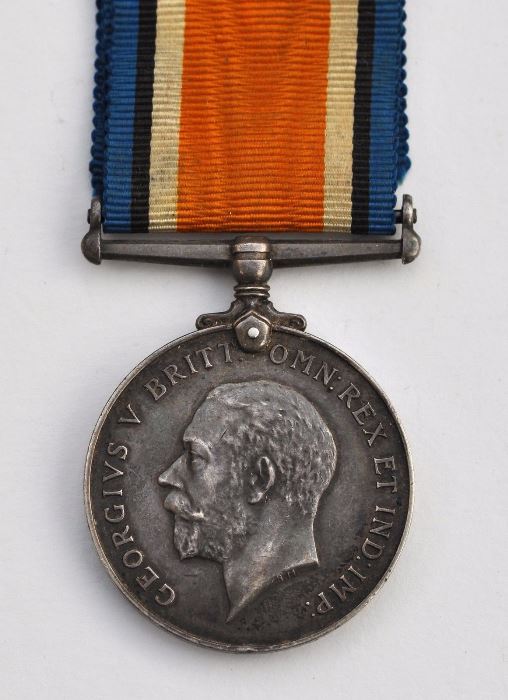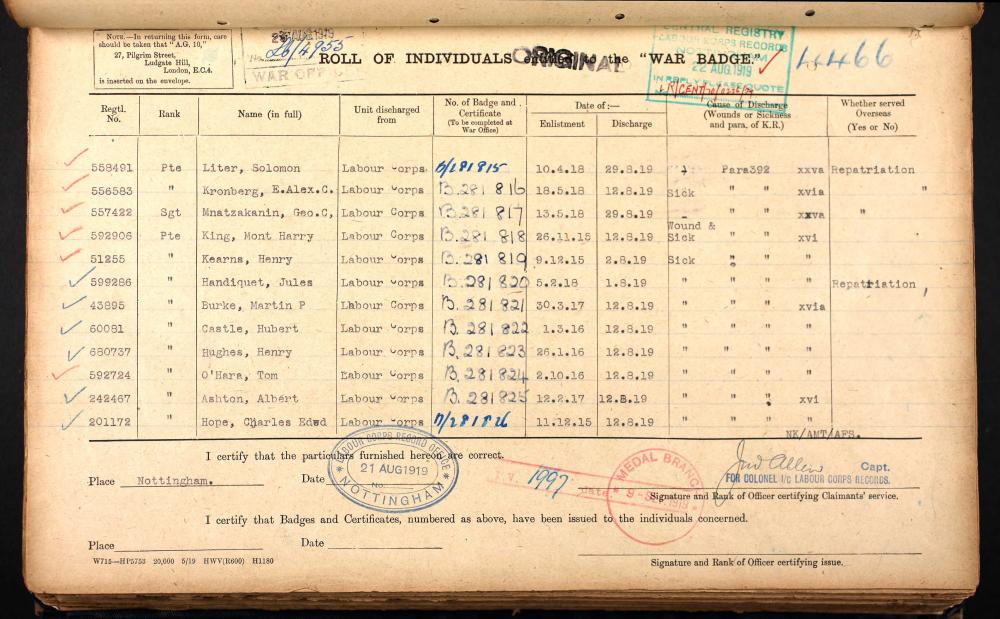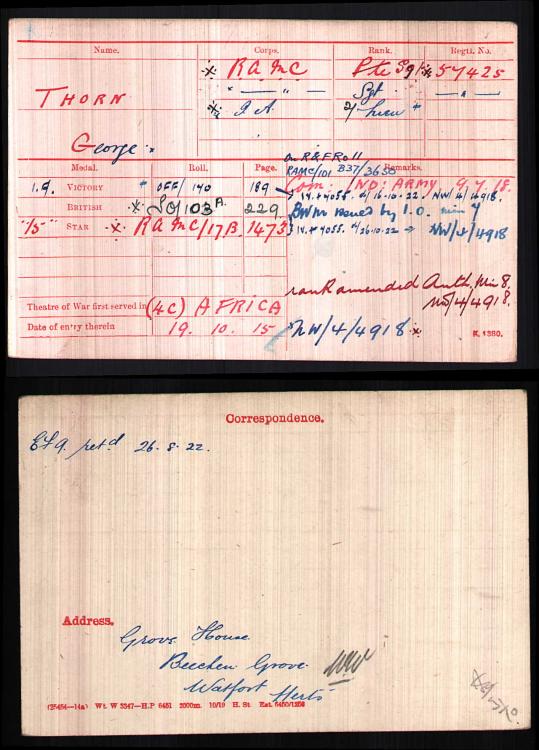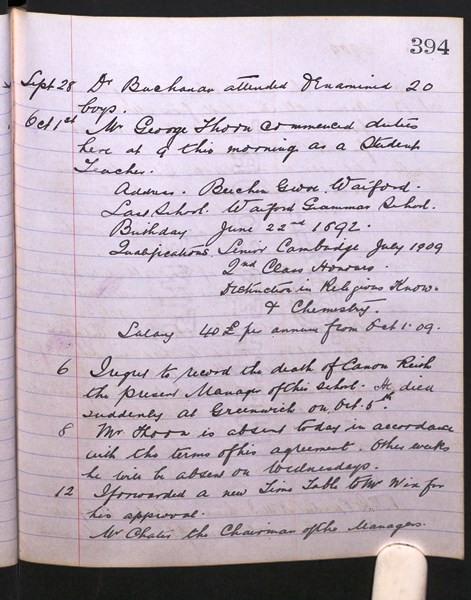-
Posts
2,470 -
Joined
-
Last visited
-
Days Won
2
Content Type
Profiles
Forums
Blogs
Gallery
Events
Store
Everything posted by dante
-
I am trying to ascertain the forenames and medal entitlement to Oberst Niemoller also confirm war time service Leutnant 14.01.93 Oberleutnant 16.01.01 Qq Hauptmann 10.09.08 O4o Major 18.04.15 Ww charakterisiert Oberstleutnant aD, alive in 1926 to Oberst Niemöller , Infantry Regiment 69 in 1914 Joined the German army 19 September 1891 and transferred to the Marines 2 July 1900. Presumably back to the army when promoted to Captain in 1908 (still Marines in the Navy 1908 Rank List as Oberleutnant) Leutnant 14.01.93, Oberleutnant 16.01.01, Hauptmann 10.09.08, Major 18.04.15, Charakterisiert Oberstleutnant aD, alive in 1926 1900: II. Replacement Sea Battalion, Wilhelmshaven (steel medal for waving bye bye to China expedition), 1902: detached from II. Sea Battalion to Ships' Boys Division, 1905: II. Sea Battalion, 1906: III. Sea Battalion with the East Asian Occupation forces, Tsingtau, 1907: still on duty with III. Sea Battalion in Tsingtau, China, 1908: same but back home with the Stamm III. S.B, 1909-13: commander 3rd Company Infantry Regiment 69, 1914: as mentioned above. Final WW1 wartime position: Commander of Infantry Regiment 347 in 87th Infantry Division. Any photos or biographical details gratefully received .
-
-
Name:Calvin S. Hildreth Birth Date:11 Apr 1896 Birth Place:Dalton, Massachusetts, USA Serial Number:41373 Residence Place:Hallowell Military Date:31 Mar 1919 Comments:Enl: RA Ft. Slocum, N. Y., June 1/17. Pvt; Pvt 1st cl Jan. 7/18. Org: Co D 48 Inf to Aug. 14/17; MG Co 2 Inf to disch. Eng: St Mihiel; Aisne-Marne; Meuse-Argonne; Defensive Sector. Received citation. Awarded French Croix de Guerre. Wounded in action: About Oct. 5/18. Overseas: Sept. 7/17 to Feb. 2/19. Hon disch on demob: Mar. 31, 1919.
-
-
Many years ago Rick assisted me in identifying a pair of binoculars I have named to “Graf Anton Kerssenbrock” he was killed in action with Infantry Battalion 702 in Palestine on the 29 March 1918 i am looking for any further information or mention in any period historys and if possible a photograph of him....as ever many thanks, Paul PS I have found his service record online which confirms the award of the EK2 ANTONIUS Graf von KORFF genannt Schmissing-Kerssenbrock was born 30 June 1895 at the family estate in Brinck, son of former Vatican Guard Lieutenant and eventually Papal Privy Chamberlain "di spada e cappa" (that bit's beyond me, alas) Xaver Graf von Korff genannt Schmissing-Kerssenbrock and his second wife, Anna Reichsgräfin von Spee (living at Brinck in 1921)... as Leutnant der Reserve from Prussian Garde-Jäger Bataillon, detached to one of the infantry so-called battalions of the Palestine front, where he was killed in action 29 March 1918 at El Kafre, north of Jerusalem. Antonius's older brother Joseph (born 1886) had been killed in action in Italy in 1917 as a Lt dR in Garde-Schützen Bataillon. Surviving siblings were: Anna and Mathilde (both nurses for the Order of Malta during the war), Karoline (a Red Cross sister in the war), Maria and the unfortunately named Cunigundis-- in convent school (I presume, being too young for nuns) at Kloster zum guten Hirten, and Elisabeth, Aloysius, and Agnes at home with their mother. NOW, there WAS another branch of the SAME prolifically Catholic family who went by ONLY Graf von Korff genannt Schmissing, PERIOD, so it is POSSIBLE that at family gatherings wherein a LOT of binoculars might have been left in the summerhouse, Hypen-Kirssenbrock might have helped. I've seen weirder chop jobs on paragraph long monikers. "Graf Anton" is rather more worrying, since I'd have expected "Anton Graf." (NOBODY would expect Antonius... child abuse, that). As far as awards, there is nobody (above to the contrary ) more "invisible" than a wartime Prussian Lt dR. But since I also have all 20 years of the Bund der Asienkämpfer magazines, I'll keep a lookout for any mention of his death in my periodic browsings of the articles, 1918-38.
-
Glenn many thanks really thats appreciated...
-
A friend in Russia has just researched a St George cross of mine...how do I research the regiment...any help gratefully received..thanks, Paul This cross was awarded to: Soldier Mikhail EFREMOV 9th Emperor Peter the Great's Ingermanland Infantry Regiment, 3rd Kaluga Infantry Division For distinction in combat 8.03.1915
-

The Great War Medal
dante replied to Leuchtturm's topic in Great Britain: Orders, Gallantry, Campaign Medals
Almost impossible to research WW1 Indian medals, at best a google search of the regiment -

Purple Heart
dante replied to david_firth's topic in Great Britain: Orders, Gallantry, Campaign Medals
This has been researched to death by various British medal groups...no British service personnel have never been awarded the PH, however many British and foreign born US service personnel have...nor if by some fluke would they be allowed to except or wear it -
-
WW1 Victory medal to 9/2143A, L/Cpl A.V. Andersen N.Z.E.F, . Arthur Valentine Andersen AKA Anderson, served with the 15th (NZ Company) Imperial Camel Corps from July 1916 (under Capt Tolmer (5 officers 125 men) until Sept 1917 when he was found unfit and returned to New Zealand (discharged January 1918). He enlisted along with his brother George from the New Zealand Mounted Rifles He took part in the battle of Magdhaba in the Sinai On returning home he went back to his work as a farmer in WW2 he tried to enlist twice once in 1940 and 1942 both times found to be unfit, he died in 1957 from his war time injuries aged 61
-
Single British war medal, Australian issue named "O.W.S. McCall Y.M.C.A." Doctorate Divinity 1924 and Doctorate of Literature 1942 International Lecturer on International affairs and theology Born 12 September 1885 Flemington, Victoria, Educated University of Melbourne, ordained in 1912, Minister of the Methodist Church of Australia, Methodist conference 1912-21, He married Florence May in 1914. In 1914, just after his marriage he traveled to England with his wife for what purpose its not known and leaving to return to Australia in 1915 on the SS Medina. In 1918 he volunteers with the YMCA to deploy with the Australian forces, serving with them in Egypt, England and France from 1918-19 In 1921 he moved to the USA taking up residency with his family He was; Minister of the 1st Congregational church Berkeley California, 1921-39 Minister of the 1st Congregational church, Chicago and Professor of Homiletics the Presbyterian theological seminary of Chicago 1939-43 Minister St Andrews-Wesley, Vancouver, British Colombia and in Devon Connecticut 1943-until his Death in 1959 He was a prolific Radio broadcaster 1921-1959 and Lecturer at the Pacific School of Religion Berkeley as well as writing a number of books Cardinals of Faith (1924) Stringing of the Bow (1928) Christs shining way (1931) Uses of Literature I the pulpit (1932) Gods of Men (1934) The hand of god (1939) In such a night as this (1946 He died in 1959 He is buried in Woodmont, Connecticut, USA
-
Single BWM entitled to a pair, Labour Corps, No indication from his MIC as to a specific unit, his SWB spells his name as "Mnatzakanin" he served from the 13 May 1918 to the 29 August 1919. His medals were initially returned and reissued in 1930. The BWM was found in a flea market in Nice which is consistent with his history. In France, his name was "Georges Constantin Mnatzakanian- he was Armenian- born 12 January 1893 at Tiflis, Georgia. There is a sole mention of him in "Journal Officiel de la Republique: Lois et Decrets" for August 1931- there he is listed as a tailor (of clothing-tailleur d'habits") and in the department of Alpes-Maritimes (hence Nice is no surprise). With all research there are imponderables, the biggest is that all of the "Russians" conscripted for service in France were non-naturalised "Russians" domiciled in UK, yet we have no note of him being in the UK? Secondly in February 1918 the Italians suggested that Russians serving in Russian units in France and Salonika be formed under British command and in April 1918 over 500 Russian soldiers joined the British army to form the "Russian Labour Corps", serving in Salonika...it proved to be a failure..I have found one MIC to the "Russian Labour Corps" with a regimental number similar to George. I believe he was possibly one of the former Russian soldiers who joined the British army in Salonika but happy for any other thoughts
-
Single 1915 Star 57425 Sjt G Thorn, Theatre of War Africa (4c) commissioned July 1918 (no war time details have been found (Papers WO 339/139275) His brother Frederick William was killed 30/9/18 in 10th RWK .George married 1926 Winifred Hilda Bickerton. They both died same year 1974. Harrow County School for Boys, Deputy Headmaster "Last term saw the retirement of Mr. George Thorn, the Deputy Headmaster, after completing nearly forty years of devoted service to the school. The mere mention of such a span of time can convey little, or much, according to one's viewpoint. Translated into human terms, how-ever, it implies that some four or five thousand boys have passed through the school during that period, all of whom have felt the impress of his personality and have been influenced by his work and example, and in the recollections of all of them some kindly thought or remembrance of Mr. Thorn finds an honoured corner. After taking his degree in Science at Bristol University, Mr. Thorn decided to make teaching his career, and his first appointment was to the staff of Marling School, Stroud, Gloucester-shire, to teach Science, Mathematics and Geography. But soon came the outbreak of World War I, and he left to serve in H. M. forces for five years, mostly abroad. In 1919 he came as Science and Music Master to Harrow County School - at the same time that Mr. Randall Williams (as he then was) became Headmaster, and the happy and fruitful partnership of words and music, R.W and G.T. was set in train. This collaboration has given much that has become an integral part of school life; perhaps its first outcome was the School Service Book, which has been reprinted many times and is in use in many other schools. Many the Gaytonian, past or present, whose well-used, and sometimes battered copy brings to mind some hymn-tune or carol, music by G.T. The best known composition by R.W. and G.T. to all those who have passed through the School, is of course the School Song, "Virtus non Stemma", that felicitious blend of words and music; I often wonder which came first, the music or the words. What a fine robust tune it is: it invites everyone to throw off his diffidence, forget his lack of voice, and let himself go in the pure enjoyment of singing. Yet it is but one example among the many of the School Songs and tunes for Carols and Hymns which G.T. has given to the School; I am sure that, had he wished, Mr. Thorn could have provided many a tuneful and delightful score for the stage, and now that he has more time for his muse he will be composing some music for our pleasure. Mr. Thorn's contribution to the music of the School is perhaps the most abiding thing he leaves with us. What of the man himself? Much was perceived in his manner of playing or conducting - his enthusiasm, his coaxing or exhortation of his orchestra or choir, the subtle-ties of punctuation of rhythm he produced - all these are part of the personality we came to know. He has always known what he wanted to do - he was a church organist at the age of 17 - and how to get things done by transmitting his enthusiasm and sense of purpose. We shall always think of the School Organ as George Thorn's, for he provided for so many years the driving force and inspiration behind the multitude of activities conjured up to bring to fruition his grand design, now the centrepiece in our New Hall. A man of character, around whom in a school such as ours many legends gather; some are concerned with his days as ruler of the Chemistry Laboratory (now Room B.5.), whence many stories - true and apocryphal emanated concerning fearsome experiments, cleaning up, and the museum which had its home there. The more recent generations have their stories deriving more from his somewhat awesome position of Deputy Headmaster, but few - from his colleagues downwards - failed to feel something of his capacity for friendship and fellowship, and all are linked in the music he has given to the school. I am sure that I voice the feeling of all Gaytonians, past and present, in wishing Mr. Thorn many happy years of retirement; many opportunities for music and song. We hope that he may visit us often to share them with him. W. G. E. Duke from Gaytonian 1959" If anyone can help with his military service I would be very grateful, cheers, Paul
-

Freiwilligen Bataillon Nr. 26
dante replied to dante's topic in Germany: Weimar Republic & Deutsche Freikorps
Brian, fantastic, sorry for the delay in responding traveling, best regards -

Freiwilligen Bataillon Nr. 26
dante replied to dante's topic in Germany: Weimar Republic & Deutsche Freikorps
Thanks Mr B, appreciate this, regards Paul



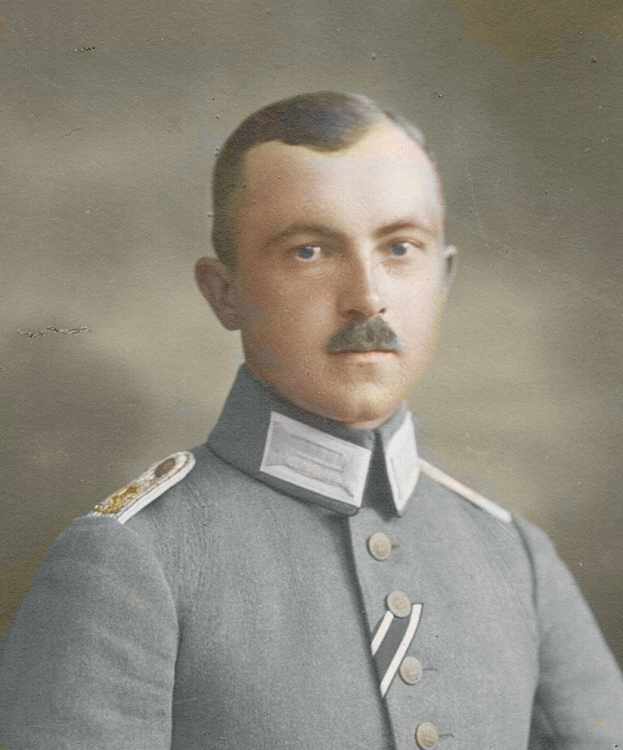
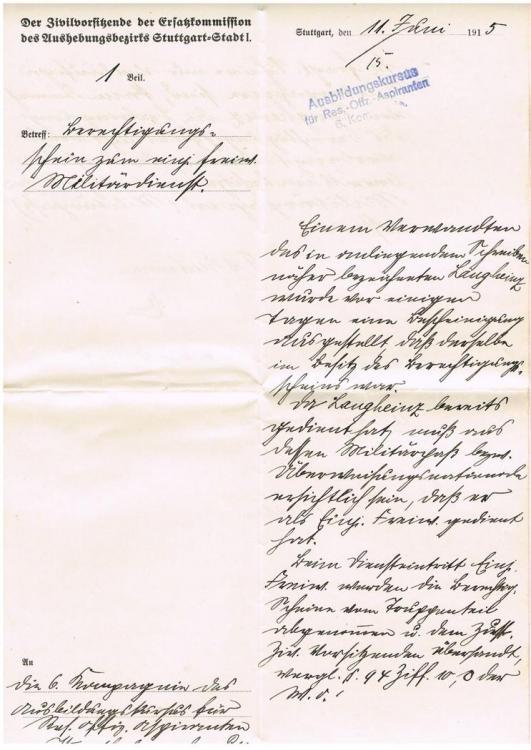

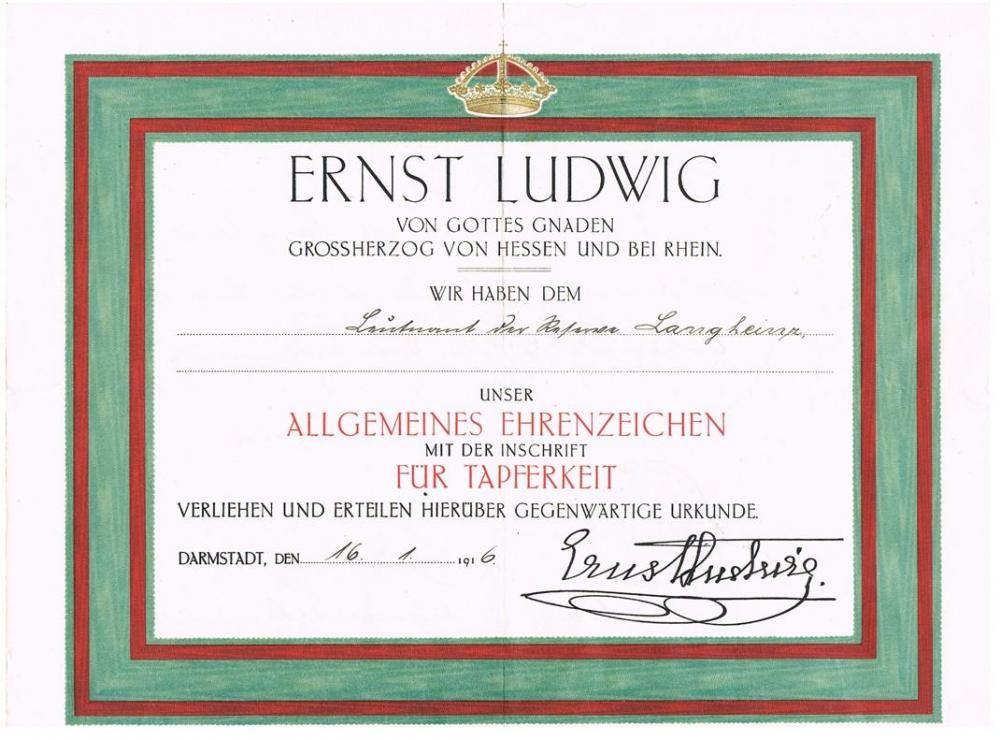
.thumb.jpg.84747db65b2f7a72d33ac9d093670b05.jpg)
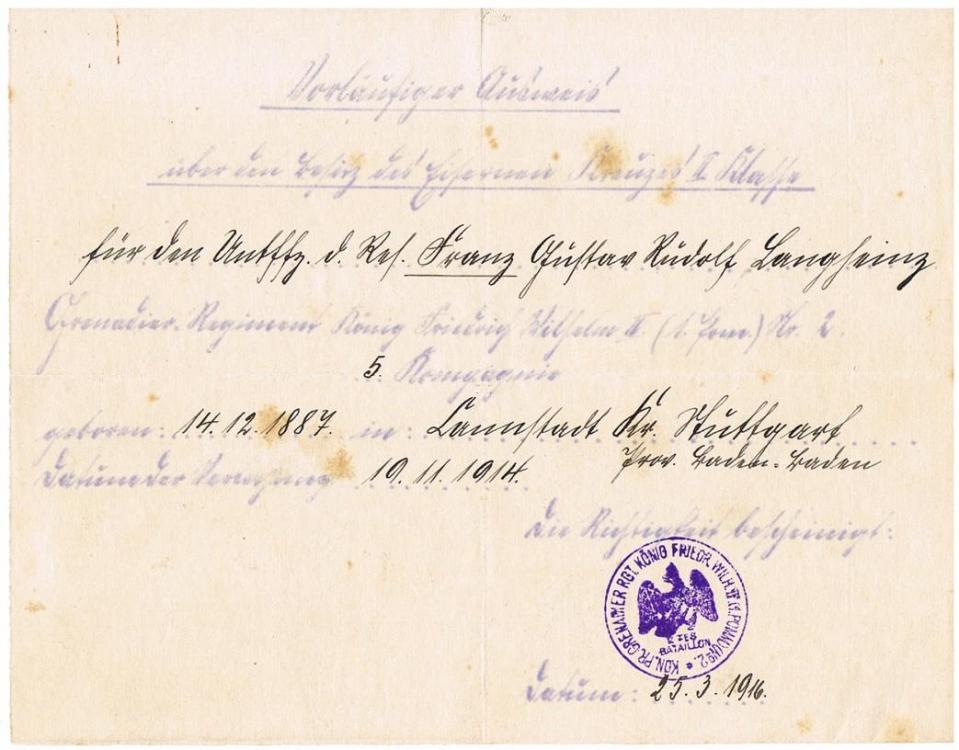
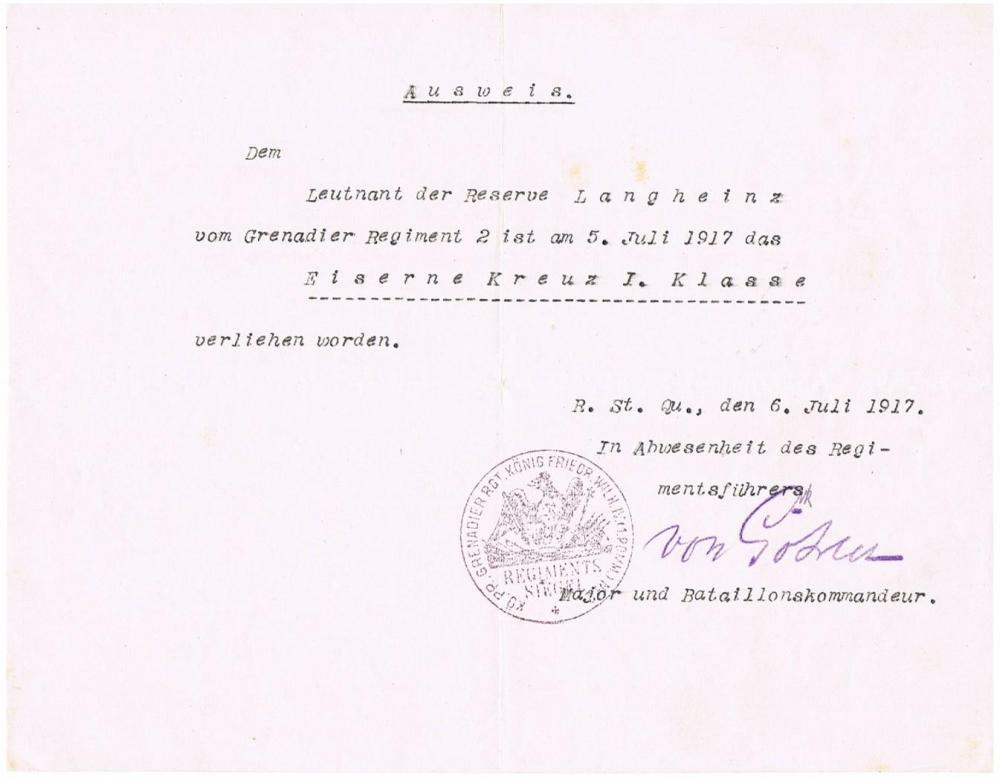
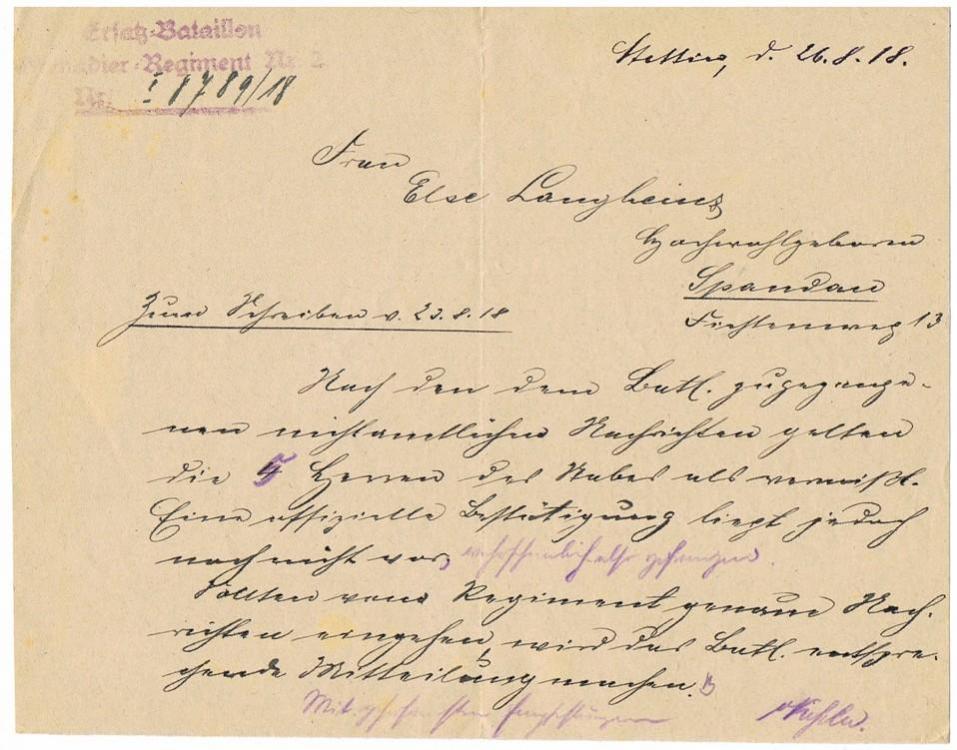
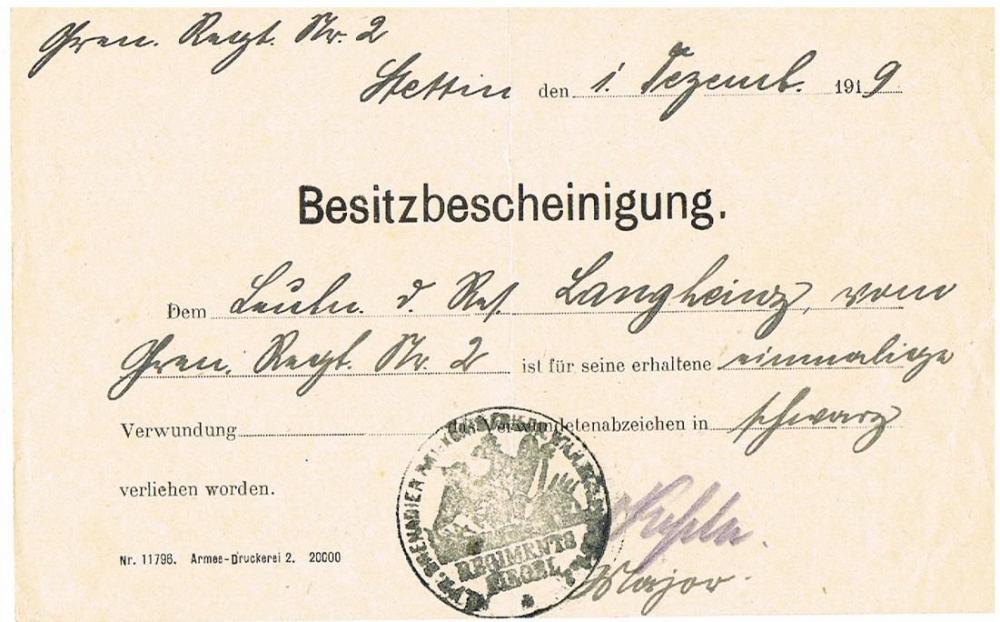

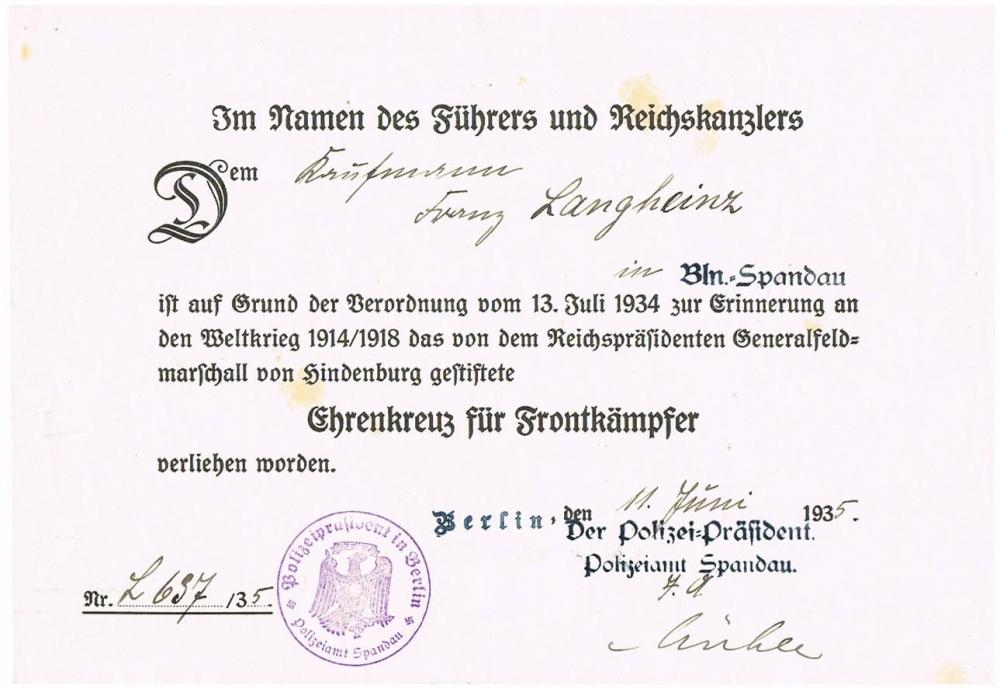

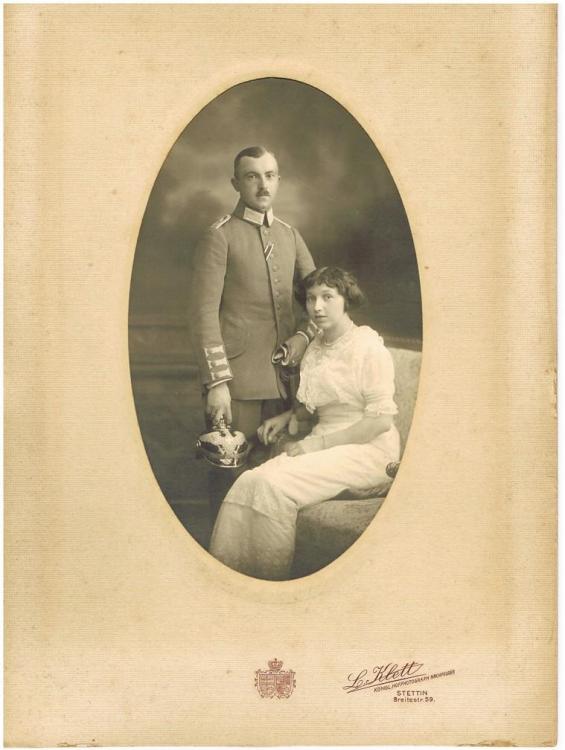
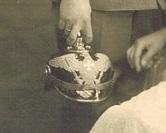


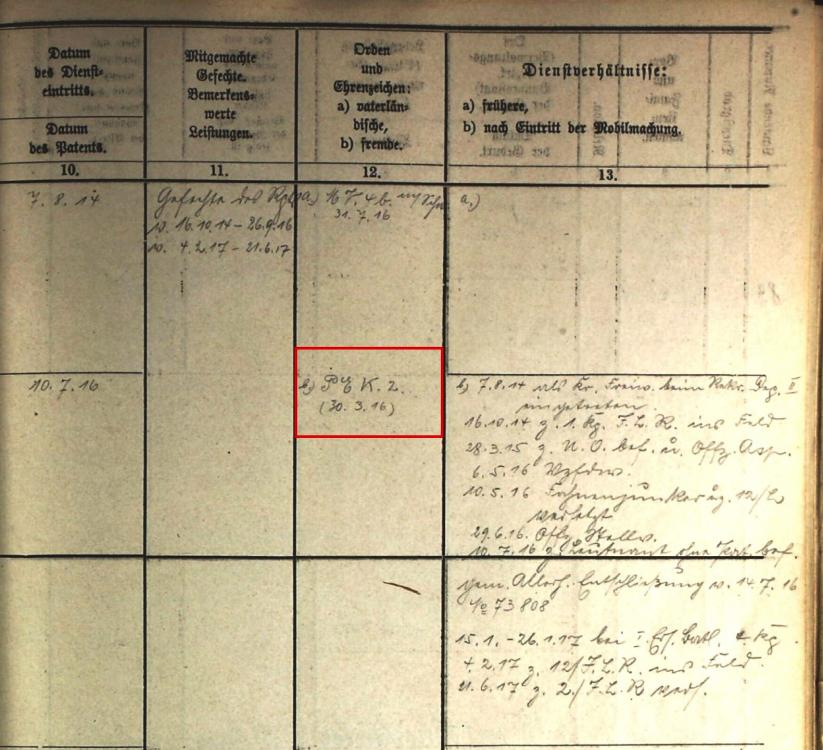
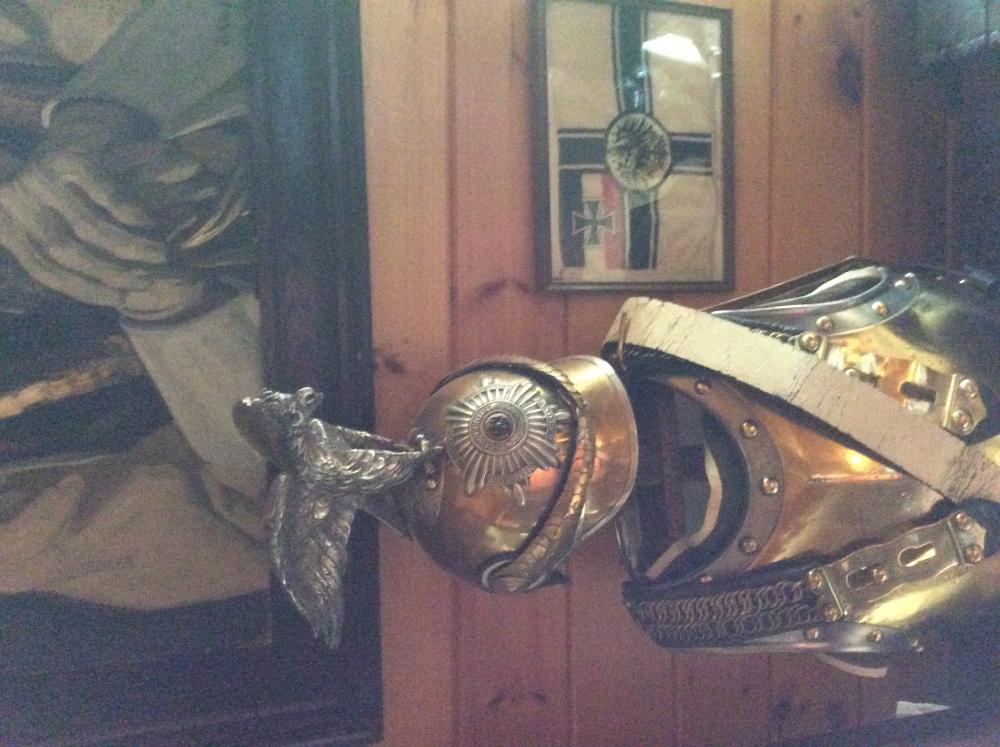
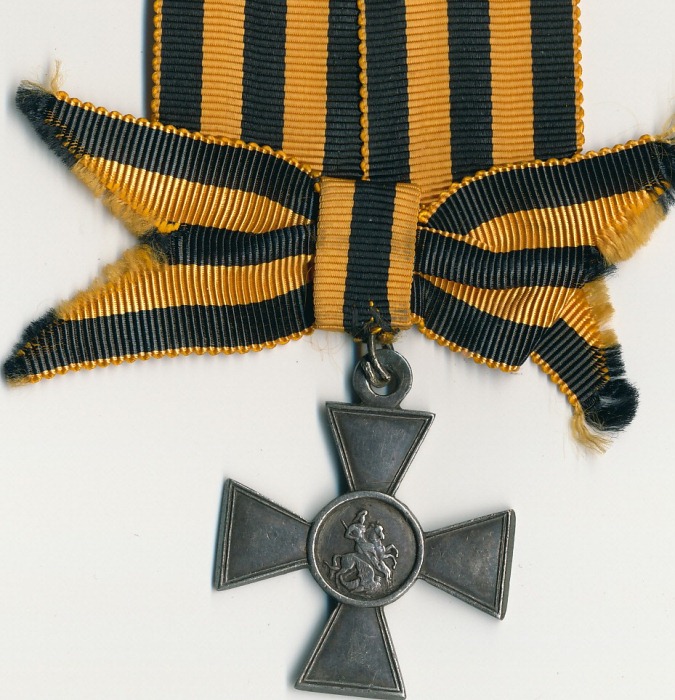
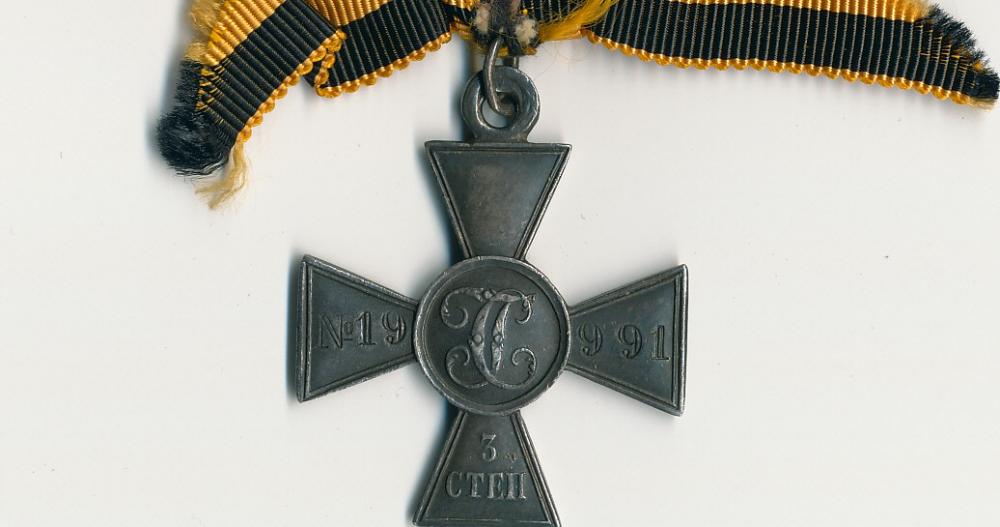
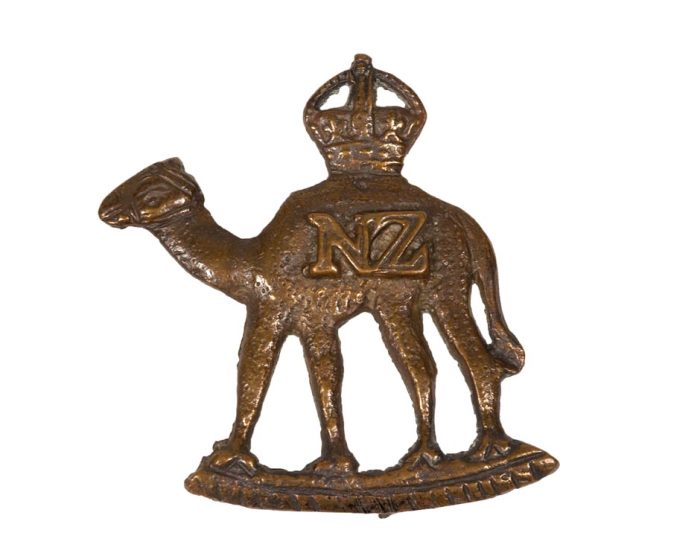

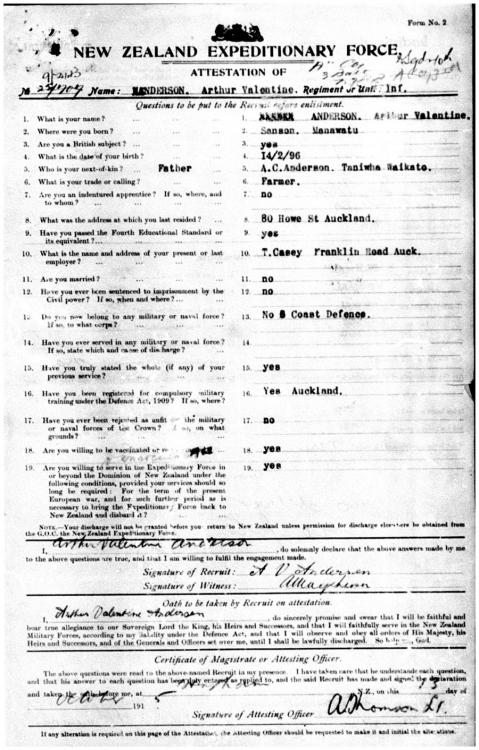
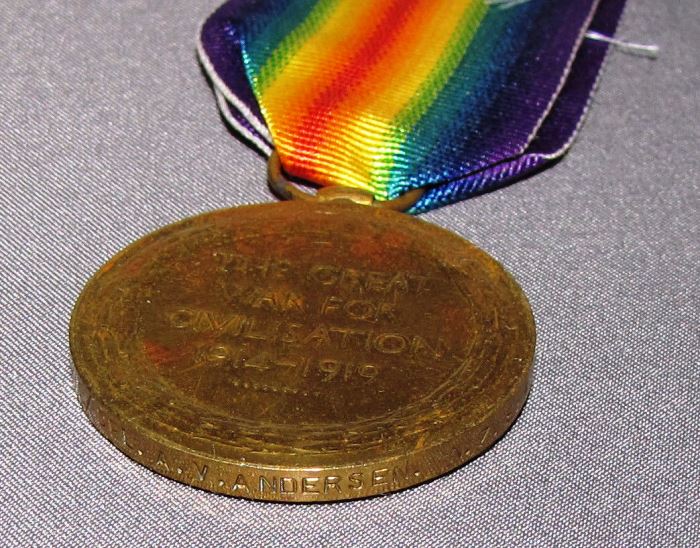
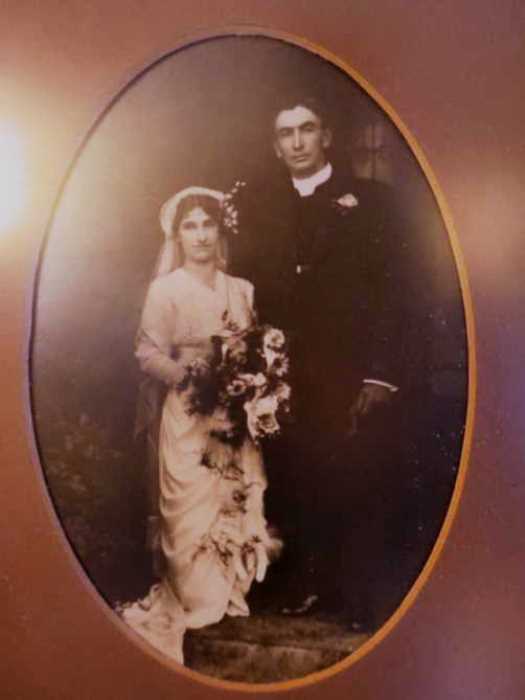
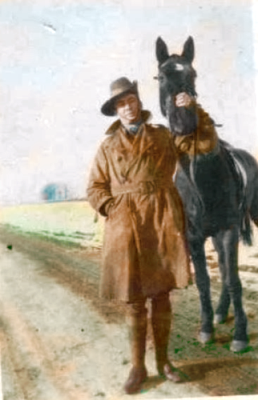
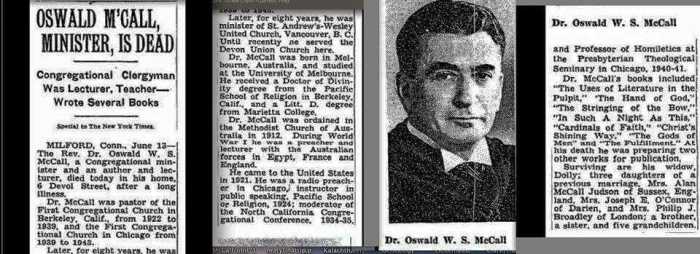
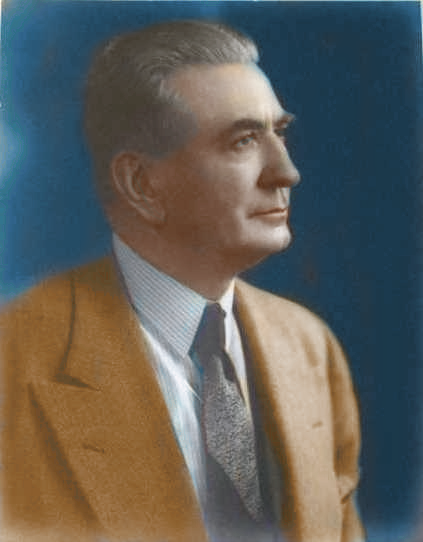
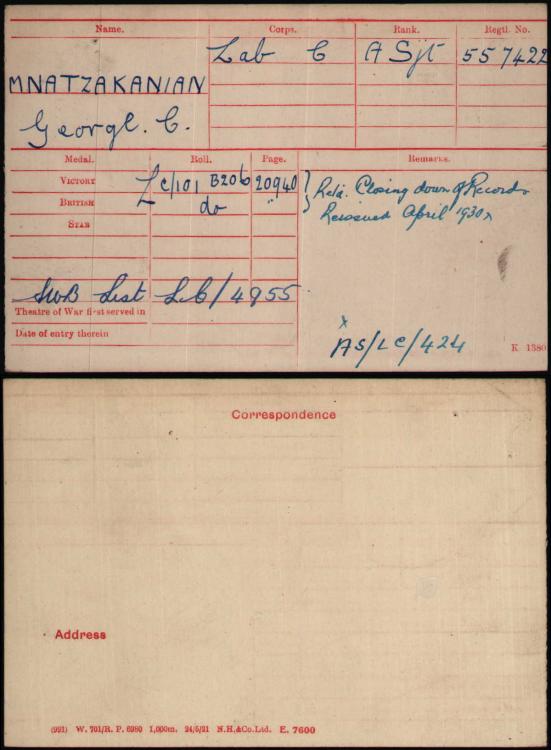
.jpg.c375ec3f5087986db524757c956d8114.jpg)
